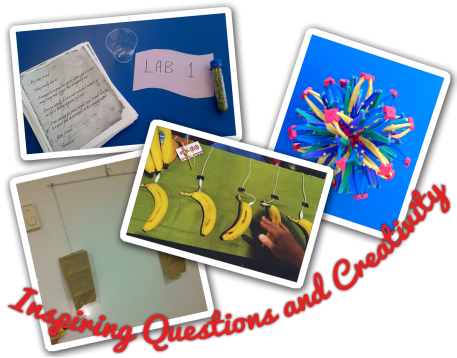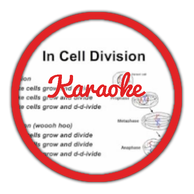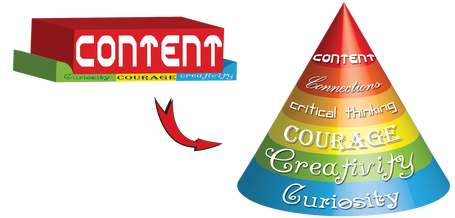Science and Biology
Increasing Curiosity to Foster Creativity
Science should not be dreary, or based on rote memorization. A true scientist is one who asks questions and wonders about the world and the organisms within it. My classes are peppered with opportunities for students to use their minds; questions are raised, but answers are not given until the next day.
I am a big proponent of bringing labs and experiments which raise questions and inspire curiosity, such as a Geiger counter; a Makey Makey, which we used to turn bananas into conductive piano keys, and then, students themselves; labs involving fire and air expansion, as well as water condensation; and much more. The more they wonder, the more curious they get about Science, and the easier it is for them to digest the associated content. |
Special Rotation Labs
While teaching Grade 6 at York House School, I decided to supplement the Science program (run by a separate specialist) with something that incorporated my view of Science as a means of exploration into my classroom. I devised a biweekly Science lab rotation with five stations; one with Makey Makey and bananas, one with coding using the iPad and Osmo Play, one with a pea lab exploring the states of matter, one game which dealt with the evolution and extinction of dinosaurs, and one with snap circuits. The fundamental principles behind each one of these were explored by the students, who came up with their our assumptions and suppositions regarding electricity and coding, as well as some incredible tie-ins regarding the extinction of dinosaurs and our own issue with climate change.
The goal was to get them excited about science and the scientific process in general, in a way that incorporated creative play and fun into the classroom. This free-flow block soon became a favourite for students, and they loved exploring different aspects of each tool.
The goal was to get them excited about science and the scientific process in general, in a way that incorporated creative play and fun into the classroom. This free-flow block soon became a favourite for students, and they loved exploring different aspects of each tool.
Mixing Music, Creative Writing and Poetry with Science
|
The Dangers of aHeavy Content |
|
In an attempt to ensure that all the content is digested by the students, educators often lose track of what really matters. What is more important: that the student remembers permanently how to write down the formula of a particular chemical compound, or that the student learns to develop a critical mind and make connections to their own lives, so that the learning can endure?
This is one of the things I discussed in my Action-Based research, which you can read about here. I passionately believe that by providing students with opportunities to be curious and creative, we can ensure that they learn the content while becoming confident risk-takers and life-long learners. |
Due to my artistic background, visual aids are one of my specialties. I take great pride and care to provide a rich learning experience that includes all types of learners. In the soup, there is something for everyone, so no one will go hungry. Below, an oversized poster I created to demonstrate the cell life cycle, and how Meiosis and Mitosis are interconnected.




